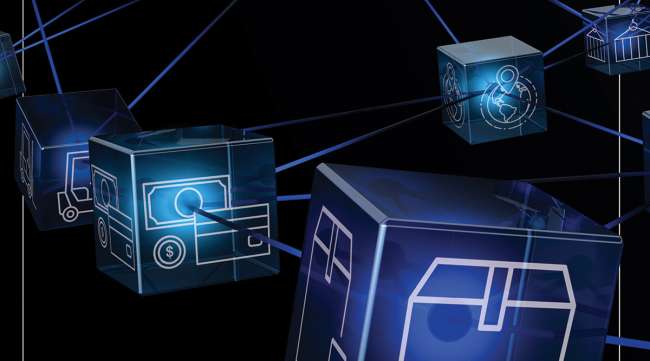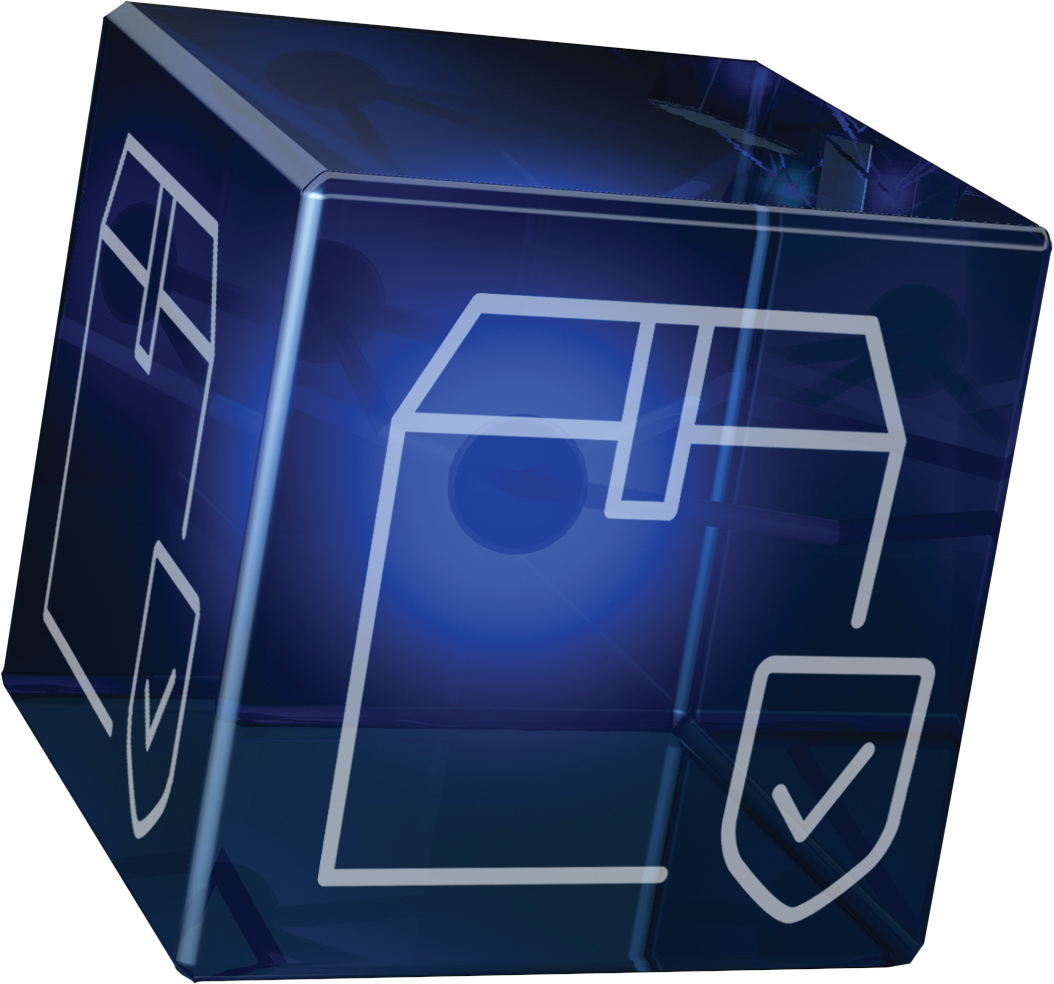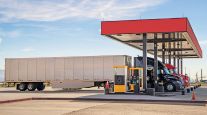Senior Reporter
Understanding Blockchain

Blockchain is one of those concepts people often say they need to get their heads around. So what, exactly, is it?
A blockchain is a distributed database that maintains a growing list of ordered records, called “blocks,” each with a time stamp and a link to a previous block, according to Kamal Gulati, associate professor of information technology and computer science at Amity University in India.
Users possess private keys that enable them to edit only the parts of the blockchain code that they “own,” according to Gulati. Public keys allow access to only the publicly available information in those blocks.

Organizations likely will create policies that describe who gets to participate in a specific blockchain.
RELATED: Blockchain for trucking
Trust in a transaction will be based on the process rather than the people as users come to trust blockchain’s encryption, verification and validation, Lance Healy, co-founder and chief innovation officer at Banyan Technology, told Transport Topics last year.
“It will be less about relationships,” he said. “They will always be important, but especially on an international scale it will be a lot simpler to say, ‘Well, I can trust this, this has all been verified,’ and trust in the process.”
With blockchain code, large commercial fleets and third-party logistics firms could be able to provide faster capacity and pricing discovery and benefit from more transparency in transactions and faster collections from shippers, said Craig Fuller, CEO of TransRisk and the Blockchain in Transport Alliance’s co-founder.
BiTA is a consortium launched to develop blockchain standards for freight movements and educate the industry about the technology.
“We will see a world of self-executing contracts, where payments will happen as soon as the load is delivered, without the fleet having to collect it,” Fuller said.




